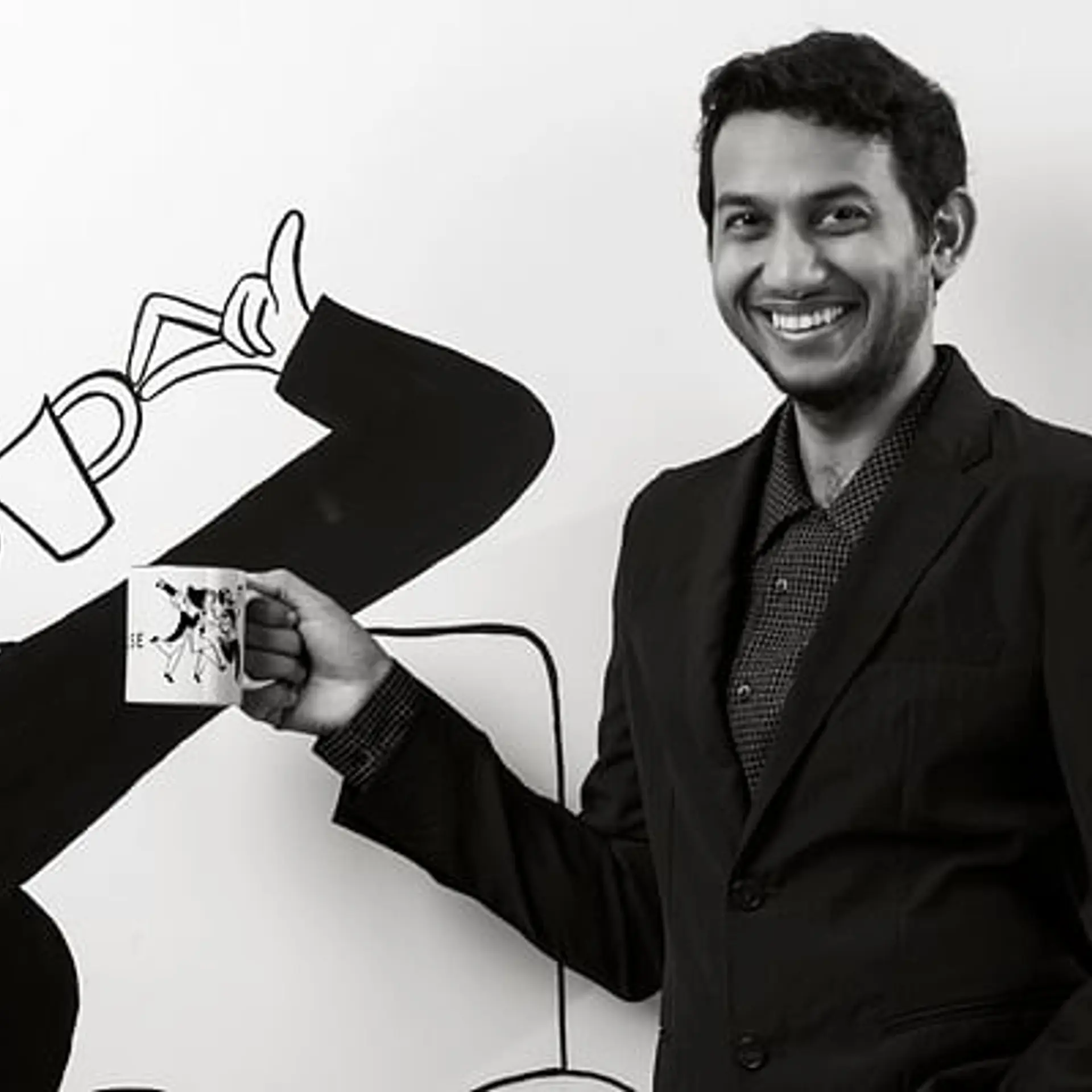A “Renewal” for India's Disabled
Wednesday March 12, 2008 , 2 min Read
As mentioned in a previous post entitled, “Treating More than Diarrhea,” the condition of India’s mentally and physically disabled population, in terms of the provision of basic amenities or medical services, is dismal. As per official data, India has 21 million disabled people, but non-government agencies are less conservative in their estimate, and place the figure at 60 million. Even though the rights of the disabled are protected by the Persons with Disabilities Act (1995), India lags behind in providing such services as, for example, wheelchair-friendly buildings.
In an effort to ameliorate this problem, the Indian government has recently launched a groundbreaking national interactive disability web portal. The site is named Punarbhava, which means “renewed being”, and has the aim of serving as an information/resource platform for people with disabilities, as well as those who work with them. According to an article posted on Yahoo, the website features the following:
The portal is categorized mainly into three segments: the first segment will be a National Disability Register that will give statistical information on the disabled population in India. The second segment of the portal covers the resources, which include available online courses, catalogues knowledge repository of audio, video and Braille files in Indian languages, books related to disability and news magazine. The third segment is proposed to have Grievance Redressal mechanism through Web Court. In future, this will redress the complaints related to Chief Commissioner for Persons with Disabilities, National Trust, and Rehabilitation Council of India . It also proposes to provide transaction assistance.
Even though Puranbhava is only the first step, the provision of services through the government potentially has the effect of ushering in a more “inclusive” era of rights, services, and provisions for the disabled population. The hope is that through official, government-sponsored programs, cultural and social norms regarding disabilities will also begin to change.






